13th Apr 2023
“You’ve got to taste with Kimberly Jones,” Robert Parker told me when he handed over responsibility for reviewing California wines for The Wine Advocate in 2015. “She represents a lot of important wineries. You’ll like her.”
I’ve been tasting and reviewing a couple of hundred Kimberly Jones Selections’ wines every year since.
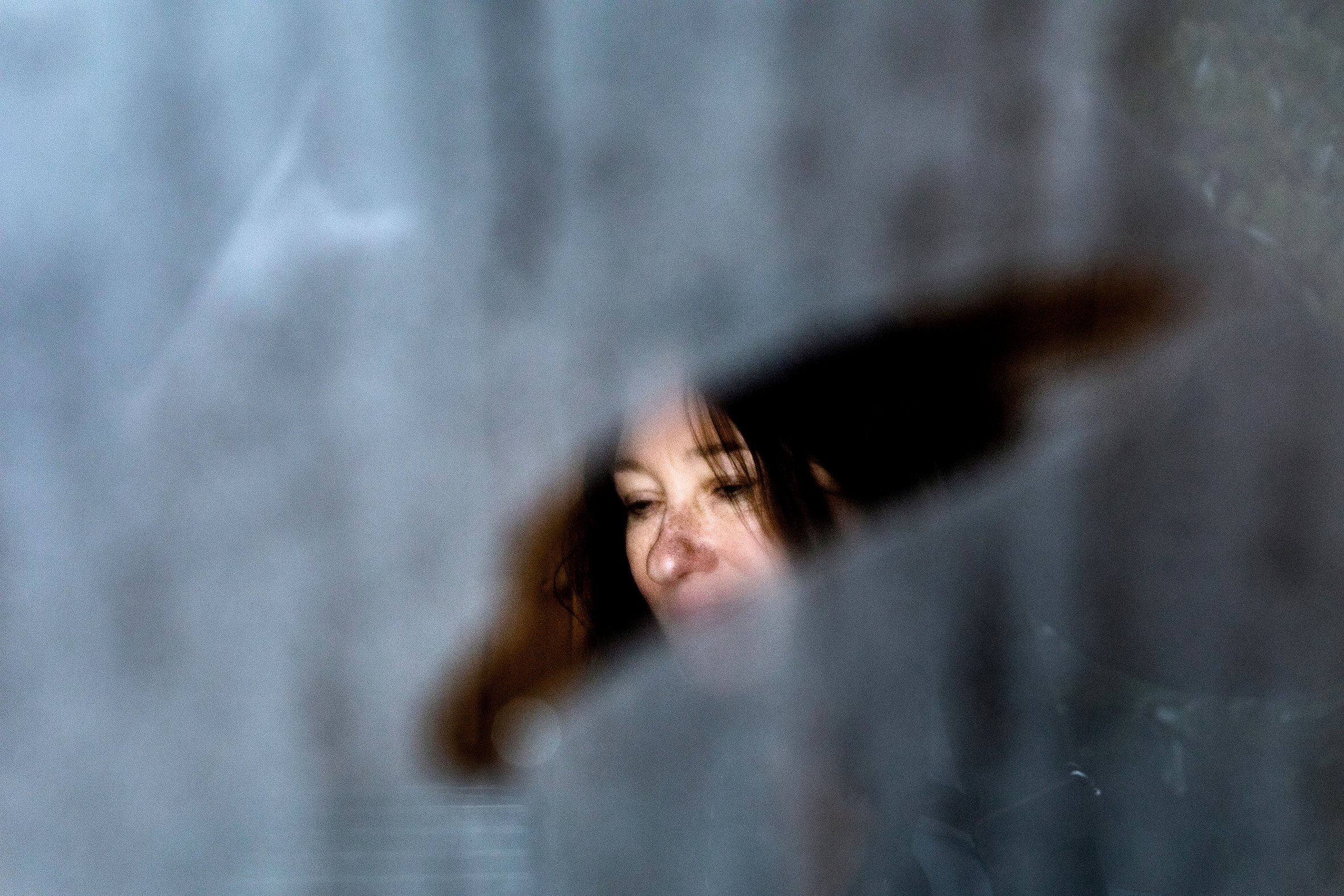
Nine Lives
Kimberly Jones Selections is a wine broker and importer based in Napa, California, owned and managed by the highly charismatic Kimberly Jones. I don’t think I’ve met anyone with more energy, drive, and talent in the wine industry. Not only does she represent superstar labels like Scarecrow and Kongsgaard, but she is also always on the prowl for high-quality wines that represent great value. She has even created a number of compelling labels at price points anyone can afford. “Operation Dragoon” is an evocative $20 Cotes du Rhône with a name and label that gives a nod to one of Kimberly’s great passions, World War II history. “Aslan,” named after one of her favorite childhood story characters, is a delicious $22 Vermentino from Italy, while “No Brainer” is a $24 Sonoma Merlot that is what it claims—both are made with her close winemaker friends Anna and Mario Monticelli.
"This is a wine my sister would buy," Kimberly tells me when we get to one of these affordable gems during our tastings. "You know, it’s what real people can drink."
She has a southern drawl that is at once no-nonsense and infectious.
Every time I taste with Kimberly, I learn something new about her. She’s a sleek, eternally youthful cat that’s lived nine lives and keeps another nine tucked in her back pocket.
“I grew up in Arkansas,” she tells me. “When we were kids, we always wanted to go to Dogpatch. It was this theme park based on the Li’l Abner cartoon, about two hours north of Little Rock. On the way home, my parents would stop at Wiederkehr Winery. I loved the smell of that place; that fermenting wine smell always brings such fond memories.”
But it took a few lifetimes before Kimberly found her way to the wine trade.
“My undergraduate degree is in physics,” she informs me. “I’m a numbers girl. I was very shy as a kid, so I escaped into math and physics. I also have a degree in History, specializing in WWII. Business is war; that’s the way I see it. My favorite picture is the one of Patton in his dirty boots. He was out there fighting with the troops. In business, you have to be right out there on the front line.”
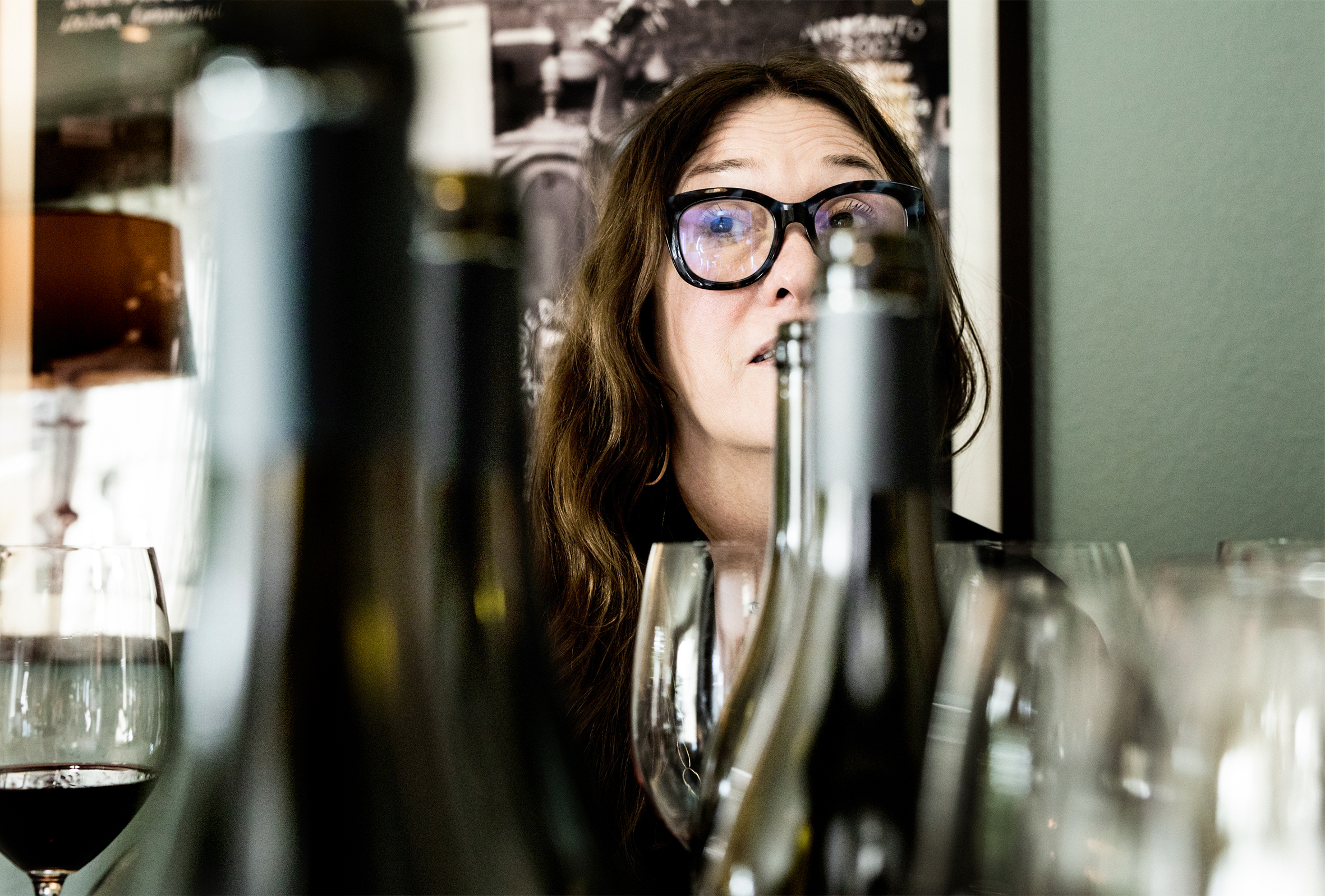
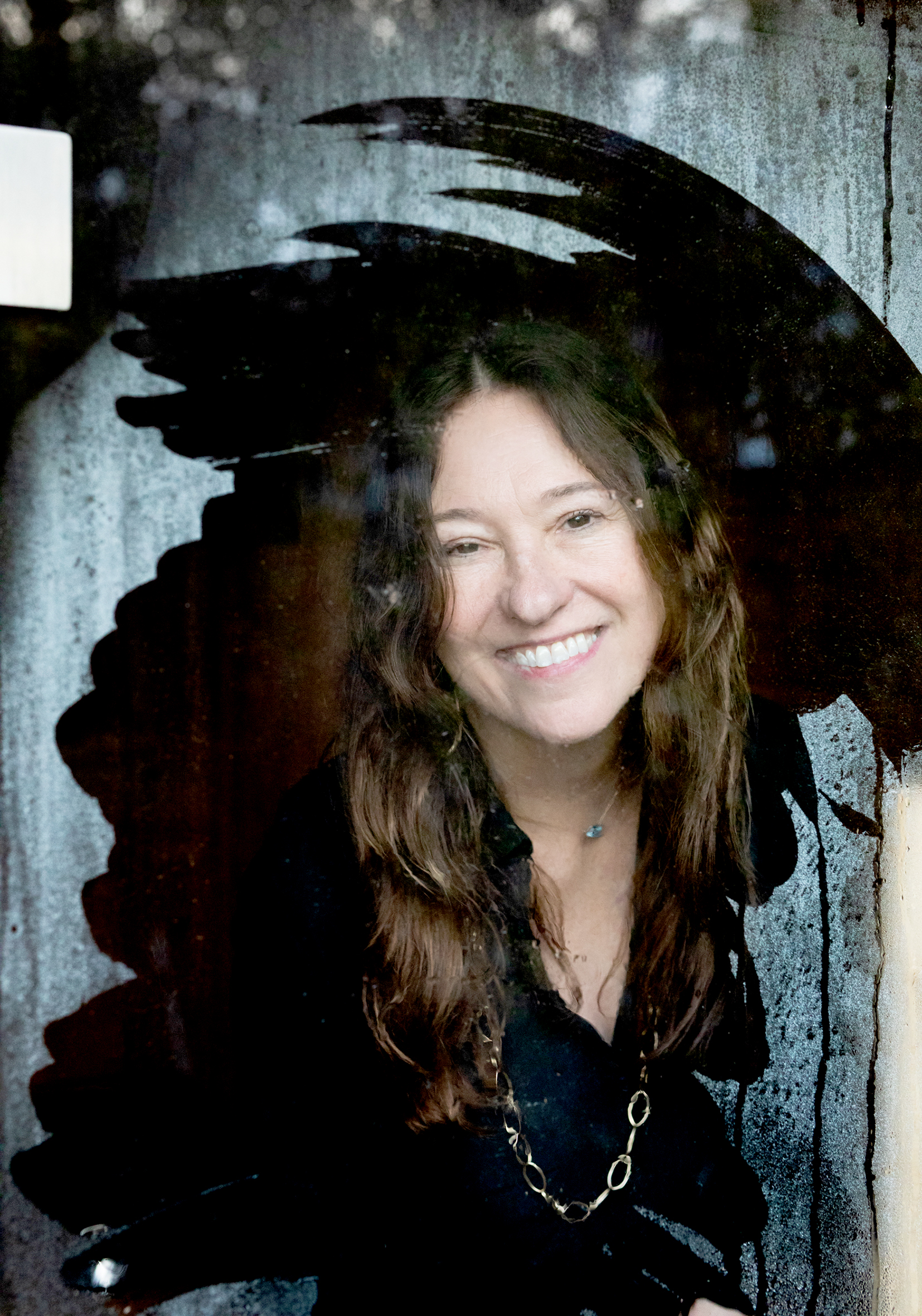
After her studies, Kimberly moved to Los Angeles to work in the film industry and write screenplays.
“To get away from the LA craziness, I would go camping in the national parks,” Kimberly says. “I decided I wanted to study winemaking at UC Davis, but they wouldn’t have me. When I was about to enroll at Fresno, Rick Longoria at Gainey Vineyard advised me not to bother—just go work at a winery. So, I went to Edna Valley and worked in a winery for a little while. Then I was hired by Lori Griffin (a wine broker in LA) as a sales rep, selling Ravenswood and Santa Ema, amongst other wines.”
In 2003, Kimberly started Kimberly Jones Selections, based at that time out of Los Angeles. Then, in 2006, she traveled to the southwest of France and fell in love with a small plot of ancient, neglected vines in Maury in the Roussillon.
“The French government was giving local landowners 5000 euros a hectare to grub up old vines. I was blown away by the rugged landscape, all those castles, and old vine soldiers. I had $32,000 saved up, so I bought nearly six hectares (15 acres) of old vines. I just felt like I belonged there.”
Did I mention that Kimberly was briefly married to a wine importer in Los Angeles around this same time? The couple made three vintages from the Maury vineyard with winemaker Richard Case.
“I was a poet, and I studied at Oxford University. I studied troubadours, among other things, and so I called our first wine from the Maury vineyard ‘Fin Amour,’ which actually means ‘final love.’ But the marriage didn’t last, and we had to split the Maury vineyards. I got the ones I wanted, which were more Carignan-heavy. Now (following the divorce), neither of us can use the name ‘Fin Amour.’ Anyway, my father raised me to be the best CEO in town, not to marry one.”
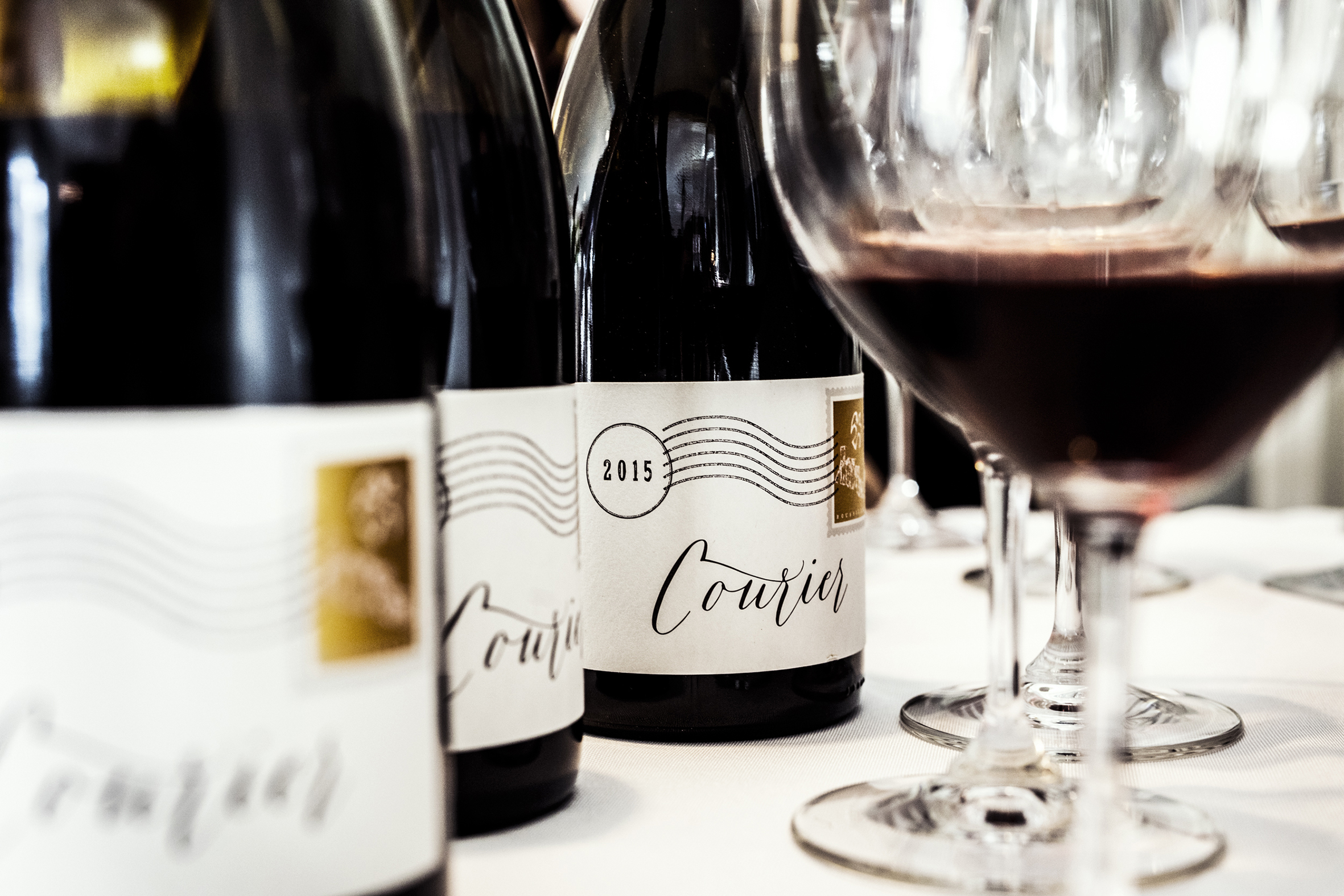
Backing up slightly, one of Kimberly’s big breaks in the wine industry was meeting David Phinney in the early 2000s in LA, when he had just created what would become one of the most successful wine brands ever: The Prisoner.
“I represented and distributed The Prisoner from when Dave Phinney decided he needed distribution in the early years,” Kimberly tells me. “That label was a Goya print Dave’s father gave him for graduation. Then Dave sold the brand to Agustin Huneeus (in 2010), and I was grandfathered in to sell the wine. Agustin insisted I move to Northern California to become a statewide distributor and be closer to his base. So, in 2009, when the deal was going through, I moved to Napa and doubled my company. I continued to build that brand until 2014 when Agustin was about to sell it to Constellation.”
Today, Kimberly is best known for her sales and distribution skills, but her creative talents shine brightest in the wine she continues to make from her Maury vineyard: Courier.
“After being oppressed and endangered, Courier is the first message, the first expression of this rescue of vineyards. I’m just the messenger for these vines, some of which are 100 years old. They produce less than ½ ton an acre—sometimes barely ¼ of a ton. They are dry-framed in schist, hand-harvested, and only free-run juice is used.”
Because yields are so low here, only 168 to 288 cases of Courier are made each year. The first vintage made under the Courier label was 2010.
A town of fewer than 1000 people, the Maury region is traditionally known for its sweet, fortified wines (vin doux naturel). Kimberly’s vineyard is a typical field blend of around 65% Carignan and 35% Grenache. She has become a local champion of a movement toward making high-quality dry table wines from Maury.
“When I first went to Maury, I loved the wines. But they were so big and rich, and I wanted some elegance. So, I started aging my red wine for three years in older oak. One of my favorite wines is old-style Château Rayas, and I wanted to capture that spirit—that sense of expression. And yeah, I knew it didn’t make financial sense, but I was the importer, so nobody was there to tell me I couldn’t do it.”
Because of the longer aging in barrel, Courier enters the market later than is typical. The current release is the 2016, which had five years in oak and one year in bottle prior to release. “Because this is such a powerful wine, we wanted this vintage to have longer than three years in barrel, but because of Covid, it had a little longer than intended,” Kimberly explains. “I love the result.”
From 2007-2017, Kimberly’s winemaker was Richard Case, who runs Dave Phinney’s Dept 66. From 2018, the wines are being made by Jean-Rouget Calvet, who also works with Jean-Luc Thunevin of Château Valandraud in Saint-Émilion. It was Calvet who harvested and produced Kimberly’s first white wine off the property.
“The white grapes are also from my vineyard, but I never vinified them before because the quantity is so small,” she says. “We have a field blend of Grenache Gris, Grenache Blanc, and Carignan Blanc. We can only make about 48 cases. This Courier Blanc is aged for nine months in neutral barrels.”
In February this year, I tasted every vintage of Courier that Kimberly has made. The first thing I told Kimberly when tasting the reds from 2014 onwards is that the wines need some air, which sounds counterintuitive considering how long the wines have spent in barrel. But this is a style that often requires time and aeration to show its stuff. We decanted the 2014-2017 vintages, and the bet paid off. The perfume on the 2016 Courier, in particular, is ethereal. Multi-layered, earthy, mineral, and intricately nuanced, this wine reflects these ancient vines and historic, rugged land along with, I like to think, a whisper of the many fascinating lives of Kimberly Jones.
-
Article & Reviews by Lisa Perrotti-Brown MW
Photography by Svante Örnberg
See more work from Svante at svanteornberg.se by clicking here!

PRODUCERS IN THIS ARTICLE
> Show all wines sorted by scoreMore articles

Bordeaux 2023 Vintage Report and Reviews from Barrel
09th May 2024
649 tasting notes

Cathiard Vineyard New Releases
02nd May 2024
3 tasting notes
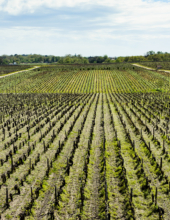
Bordeaux 2023 Preliminary Vintage Report and Reviews from Barrel
29th Apr 2024
56 tasting notes

2021 Bordeaux in Bottle and A Modest Proposal
24th Apr 2024
599 tasting notes
Show all articles